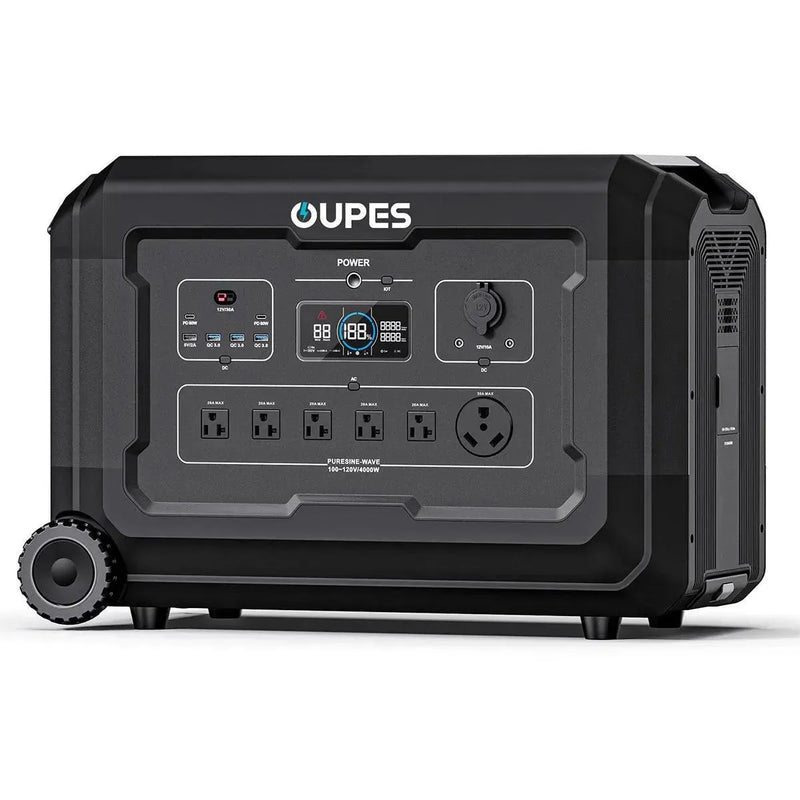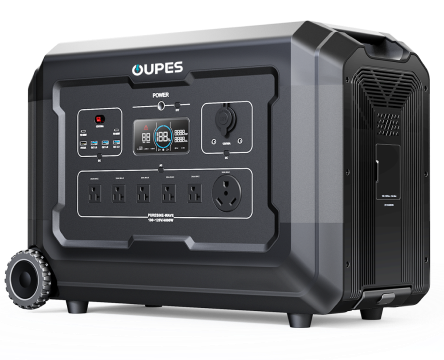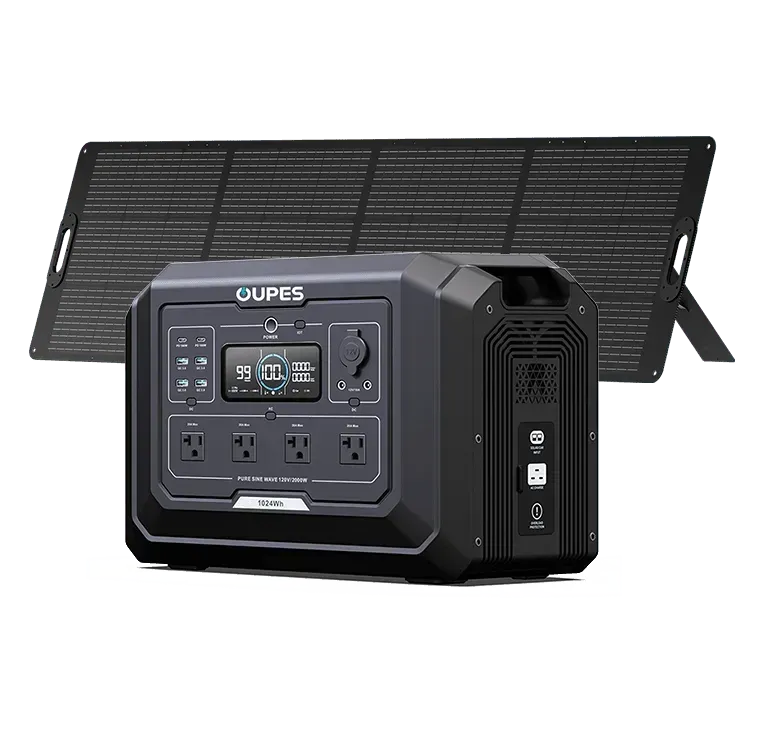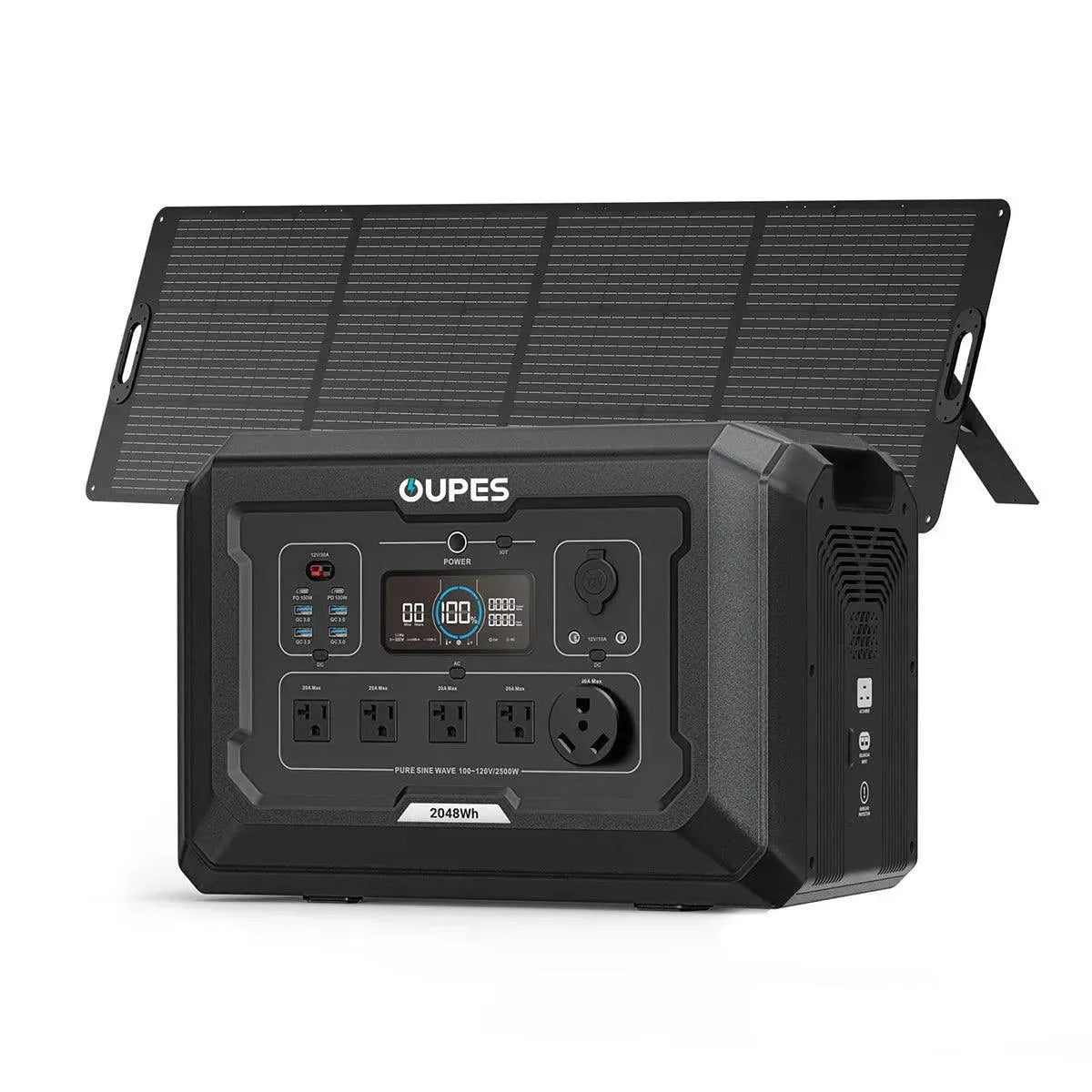
With increasing interest in renewable energy, many homeowners are exploring alternatives to traditional power sources. Solar generators have gained popularity as a clean and portable energy solution. But one common question arises: can a solar generator actually power a whole house?
This article dives into the feasibility of using a solar generator for residential power. We’ll explore how solar generators work, their capacity, and what it takes to support typical household energy demands. By understanding these factors, you can better assess whether a solar generator fits your home’s needs.
How Solar Generators Work and Their Power Capacity
Solar generators combine solar panels, a battery storage system, and an inverter to convert sunlight into usable electricity. During the day, solar panels collect energy from the sun and store it in the generator’s battery. This stored energy can then be used to power various devices and appliances either directly or through the inverter, which converts DC power to AC power suitable for home use.
The capacity of a solar generator is typically measured in watt-hours (Wh) or kilowatt-hours (kWh), indicating how much energy it can store and deliver. Smaller portable solar generators might offer capacities ranging from a few hundred to a few thousand watt-hours, suitable for camping gear, charging electronics, or running small appliances. Larger, home-scale solar generators or solar power stations can have capacities upwards of 10,000Wh or more.
However, even the largest solar generators generally fall short of meeting the full energy demands of an average household, which often requires several kilowatts of continuous power. This means that while solar generators are excellent for backup power or partial home electrification, they are usually not designed to replace a full grid connection or a comprehensive home solar power system with battery storage.
Understanding the size and power output of your solar generator is crucial in determining what portion of your home’s energy needs it can realistically cover.
Typical Household Energy Consumption and What It Means for Solar Generators
To determine if a solar generator can power a house, it’s important to understand typical household electricity consumption. The average home in the United States consumes around 900 to 1100 kWh per month, translating roughly to 30 to 35 kWh per day. This includes heating, cooling, lighting, appliances, electronics, and other electrical loads.
Many common household appliances require substantial power. For example, air conditioners and electric water heaters consume large amounts of electricity and often run for extended periods. Kitchen appliances like ovens, microwaves, and refrigerators also add to the demand.
In contrast, most portable solar generators are designed to provide power for smaller loads or short durations. A typical high-capacity solar generator might provide between 1000 to 3000 watts of continuous power, which can run several small to medium appliances but likely cannot handle heavy loads like HVAC systems simultaneously.
Therefore, while a solar generator can power critical circuits or essential devices during an outage, powering an entire household continuously would require either multiple large solar generators working in tandem or a dedicated home solar system integrated with high-capacity battery storage. Users must realistically assess their energy consumption patterns and prioritize which loads are critical for solar generator use.
Advantages and Limitations of Using Solar Generators for Home Power
One of the biggest advantages of solar generators is their portability and ease of use. They provide clean, quiet energy without emissions and can serve as an excellent backup power source during outages or emergencies. For homes in remote areas or those looking to reduce reliance on the grid, solar generators offer an accessible step toward renewable energy adoption.
Solar generators also require minimal maintenance compared to fuel-powered generators, avoiding the need for gasoline or propane. They can be recharged during the day using solar panels, providing a renewable energy cycle that’s sustainable over time.
However, there are notable limitations. Solar generators generally have limited battery capacity and output power compared to whole-home generators. This restricts the number and type of appliances that can be powered simultaneously. Also, their reliance on solar energy means power availability fluctuates with weather and daylight hours. During prolonged cloudy days or at night, additional power sources or stored battery capacity are necessary.
For continuous, full-home power supply, traditional solar panel systems paired with large battery banks or generators tend to be more practical and scalable than portable solar generators alone. The upfront investment and installation complexity may be higher, but these systems can reliably meet whole-house energy demands.
Practical Scenarios for Using a Solar Generator at Home
While powering an entire house solely with a portable solar generator may be challenging, these devices have valuable roles in various home applications. Many homeowners use solar generators as emergency backup power during outages to keep essential devices running, such as refrigerators, medical equipment, lights, and communication devices.
Solar generators are also popular for off-grid cabins, tiny homes, or recreational vehicles where power needs are lower and portability is a priority. In such scenarios, a carefully planned combination of energy-efficient appliances and solar generators can provide a comfortable, self-sufficient energy solution.
Another practical use is supplementing existing home power setups by reducing grid dependency or lowering electricity costs during peak hours. Some homeowners use solar generators to power outdoor activities or temporary events without access to electrical outlets.
Ultimately, the success of powering a home with a solar generator depends on realistic energy goals, consumption habits, and the ability to manage power loads effectively. Pairing solar generators with energy-efficient strategies and possibly other renewable systems can create a flexible and sustainable energy environment.
Future Trends and Improvements in Solar Generator Technology
Advancements in battery technology, solar panel efficiency, and power management systems continue to expand the capabilities of solar generators. Lithium-ion and lithium iron phosphate batteries offer higher energy density, longer lifespan, and improved safety compared to older battery chemistries, making solar generators more powerful and reliable.
Innovations in inverter technology and smart energy management allow for better integration with home electrical systems, enabling solar generators to support more complex power demands and work seamlessly with grid-tied or off-grid solar setups.
Additionally, modular and scalable designs are becoming more common, allowing users to connect multiple solar generators or battery units to increase total capacity. This development brings solar generators closer to fulfilling partial home energy needs and enhancing their role in emergency preparedness.
As renewable energy adoption grows, solar generators will likely become a more integral part of home energy ecosystems, blending portability, sustainability, and practicality in new ways.
For now, while solar generators alone may not fully power a typical home continuously, they provide versatile and eco-friendly energy solutions suitable for many specific applications.
In summary, powering a house with a solar generator depends on the generator’s size, your home’s energy demands, and how you manage usage. Portable solar generators excel in providing clean backup power and supporting small to medium loads but usually cannot meet entire household needs independently. However, with advancing technology and thoughtful energy planning, solar generators remain a valuable asset in the transition toward renewable and resilient home energy.




























